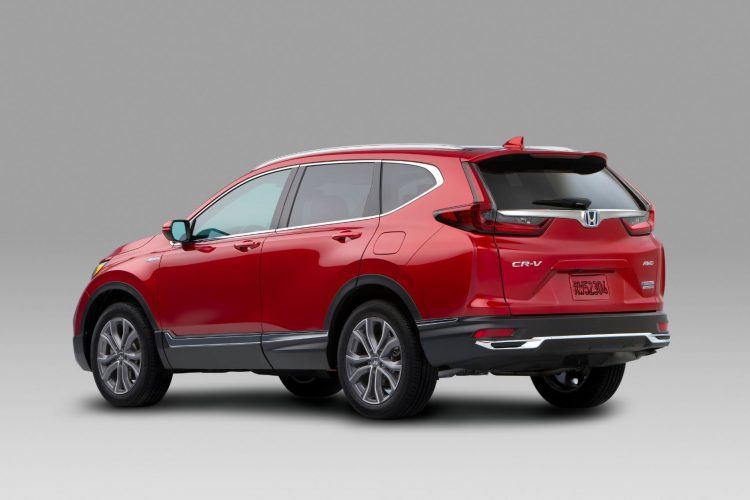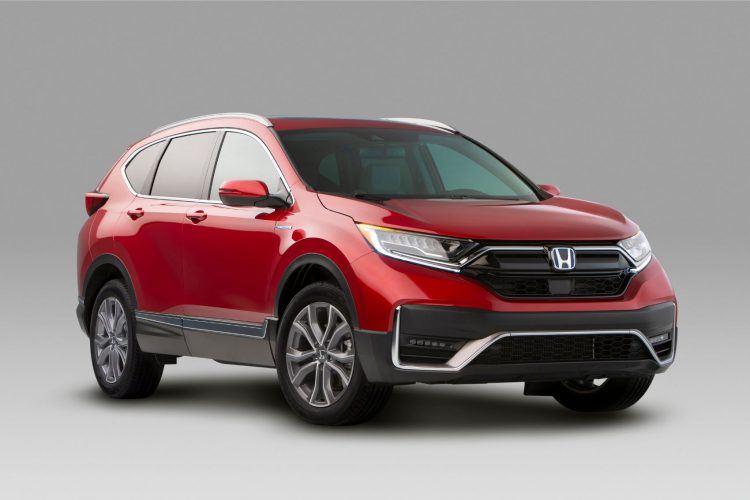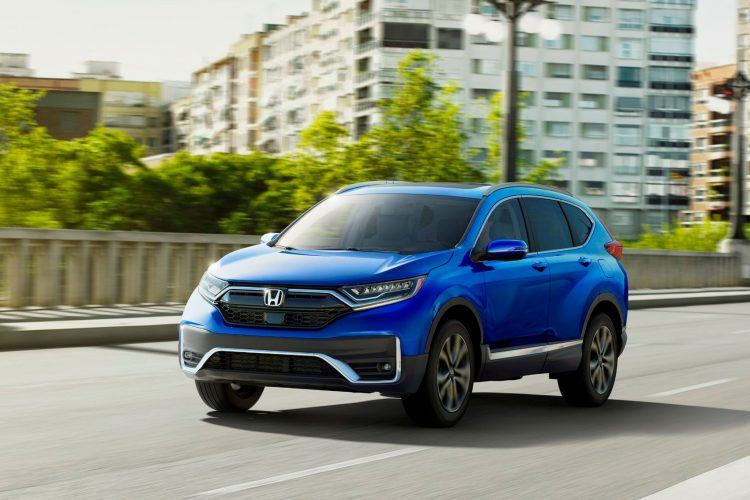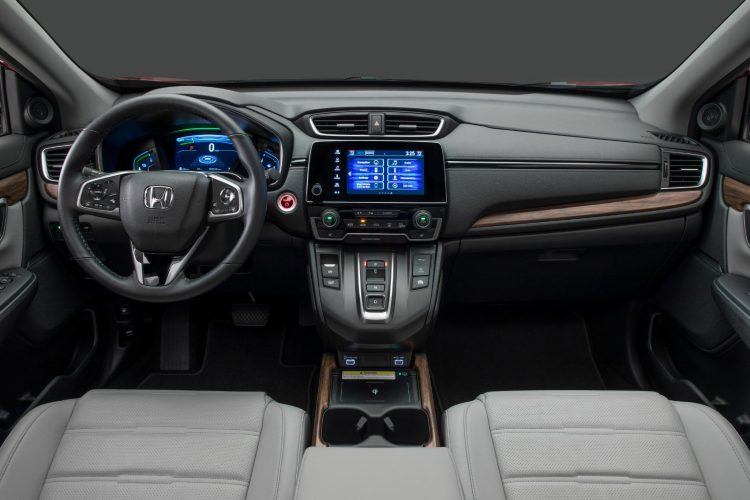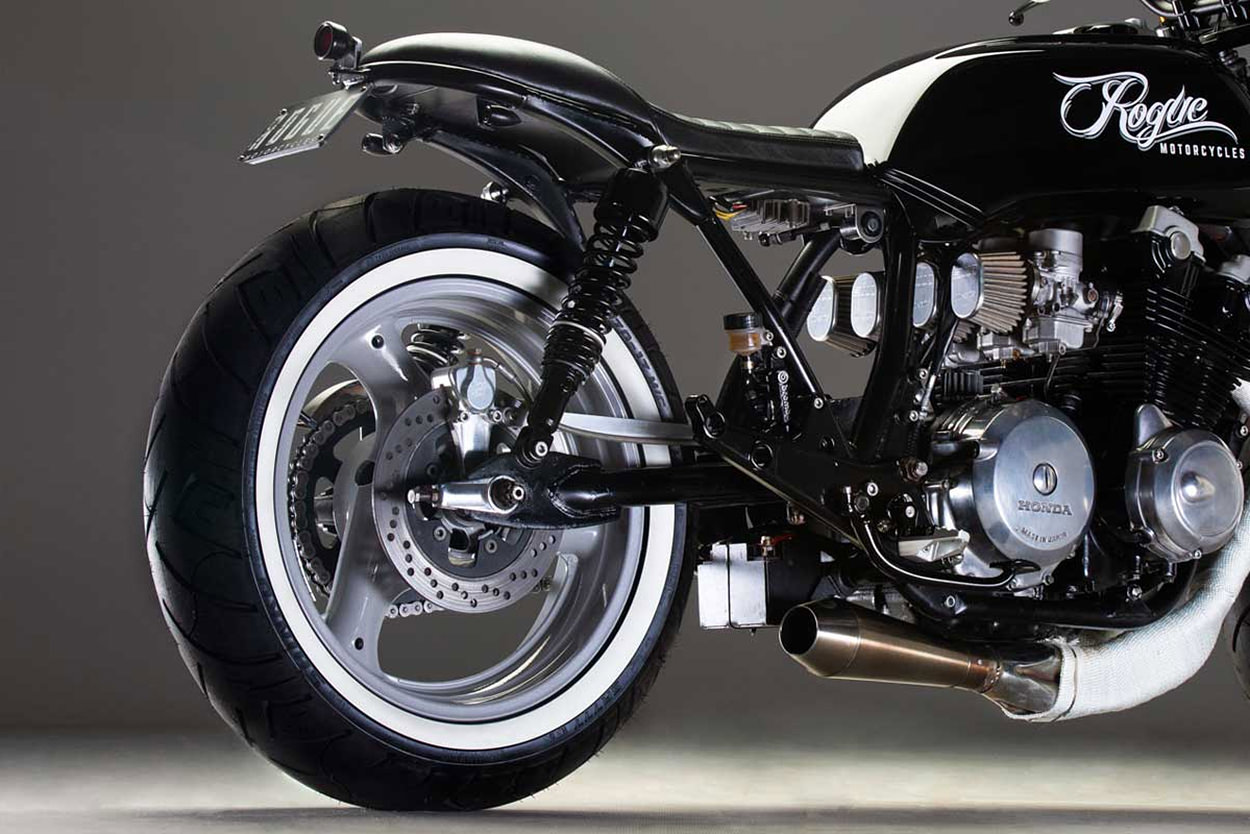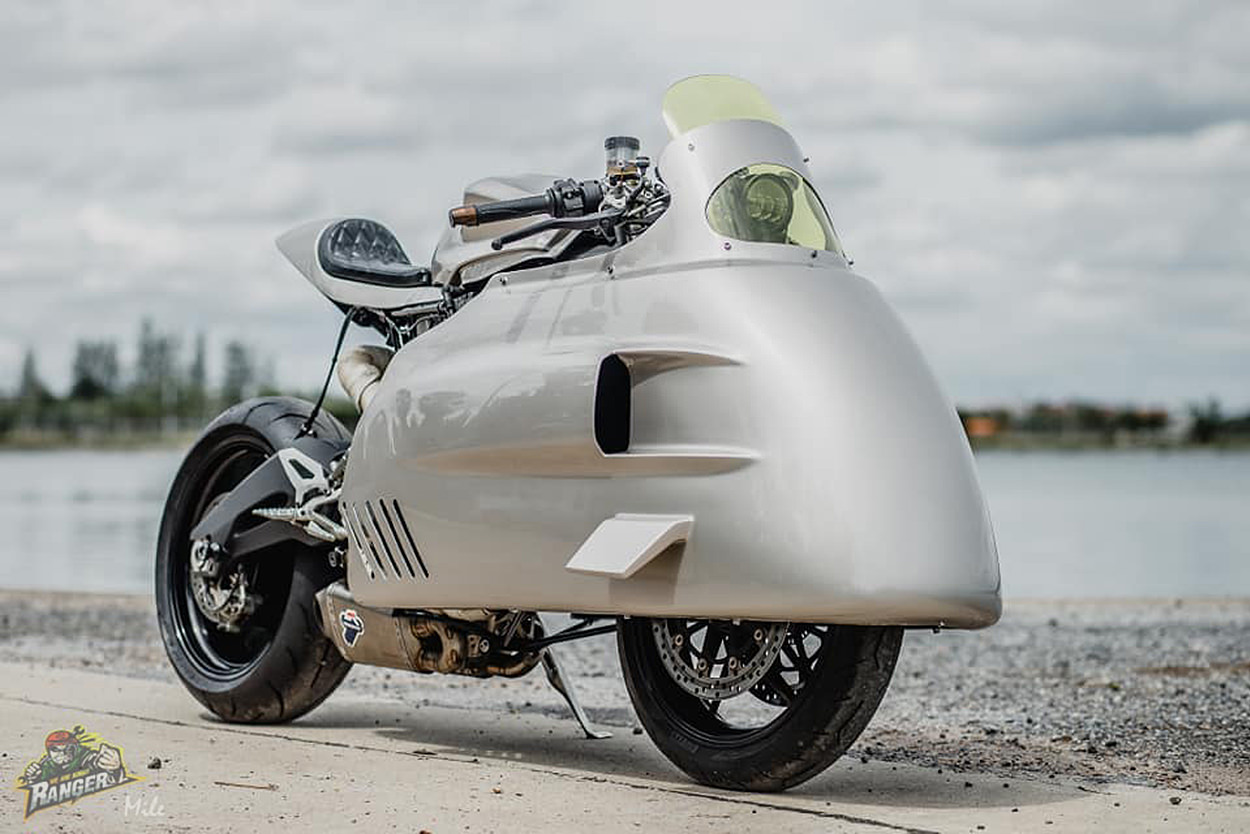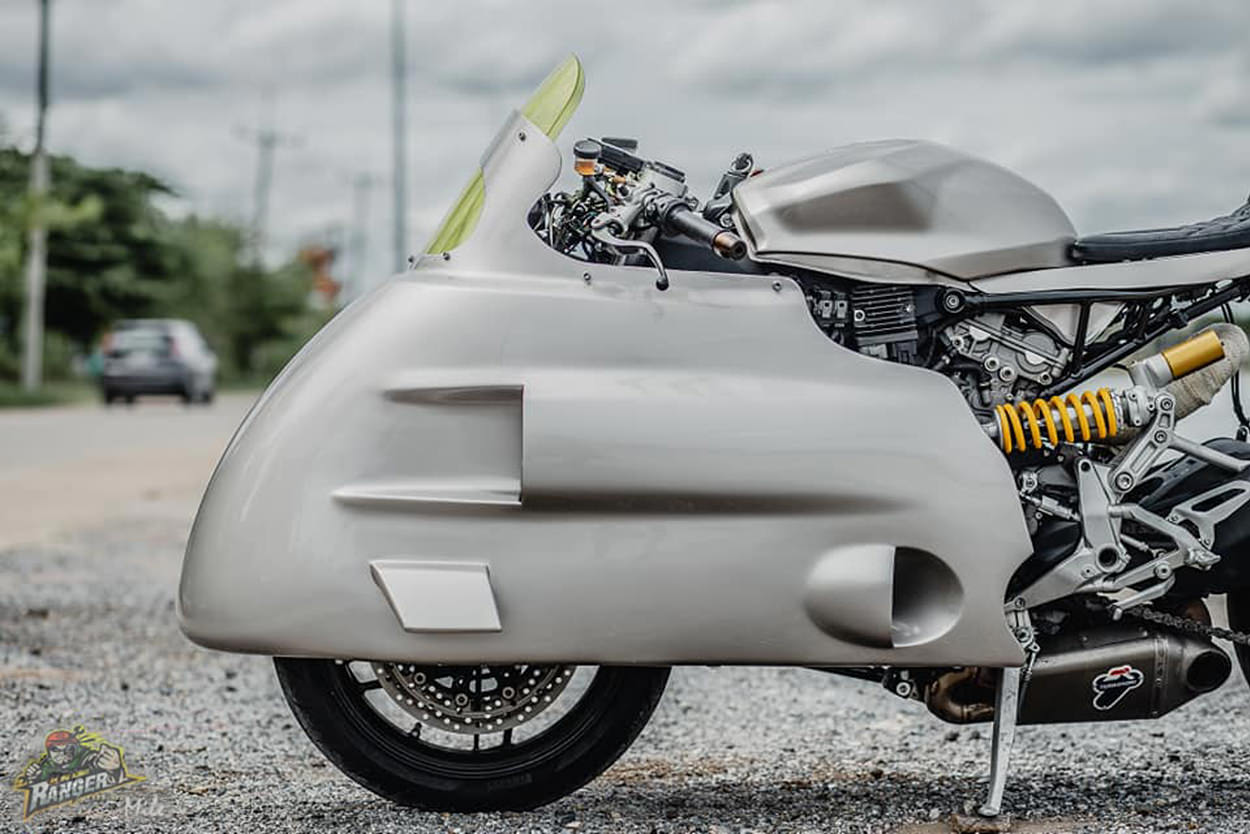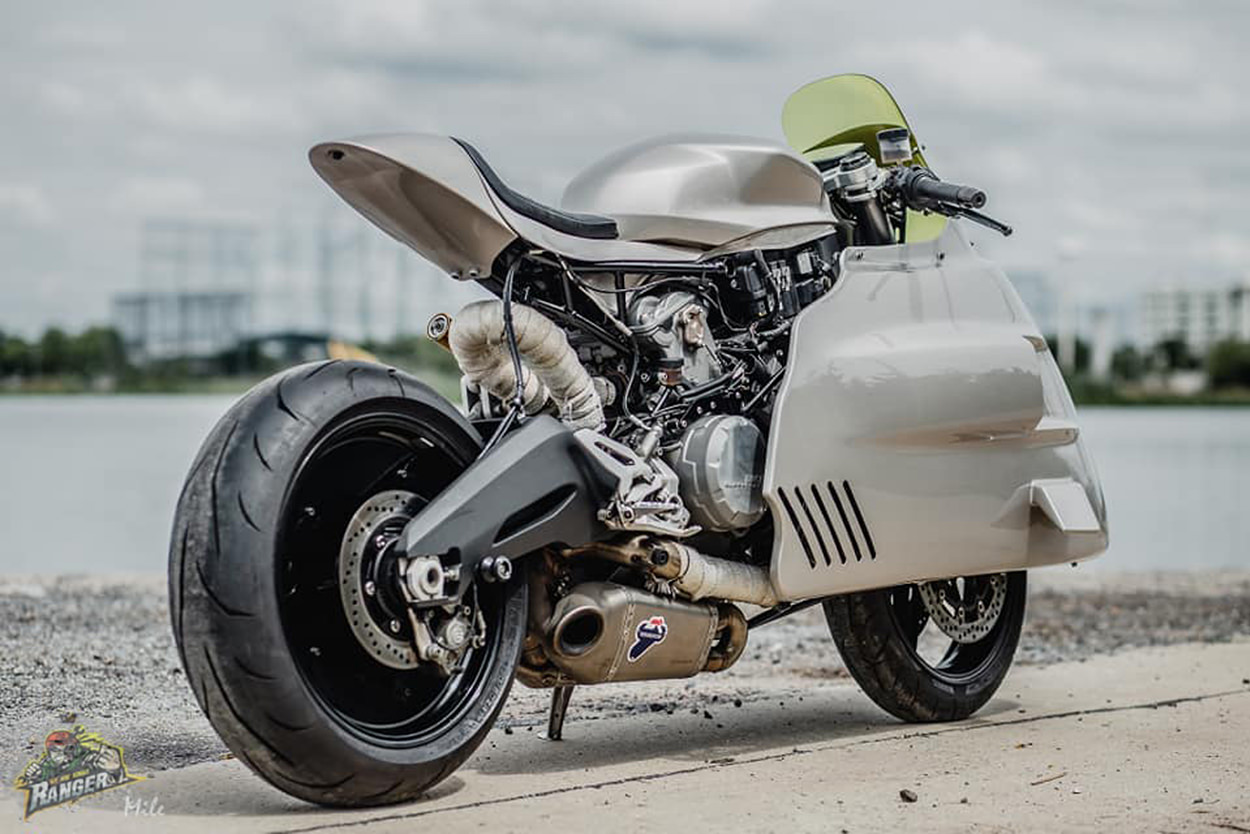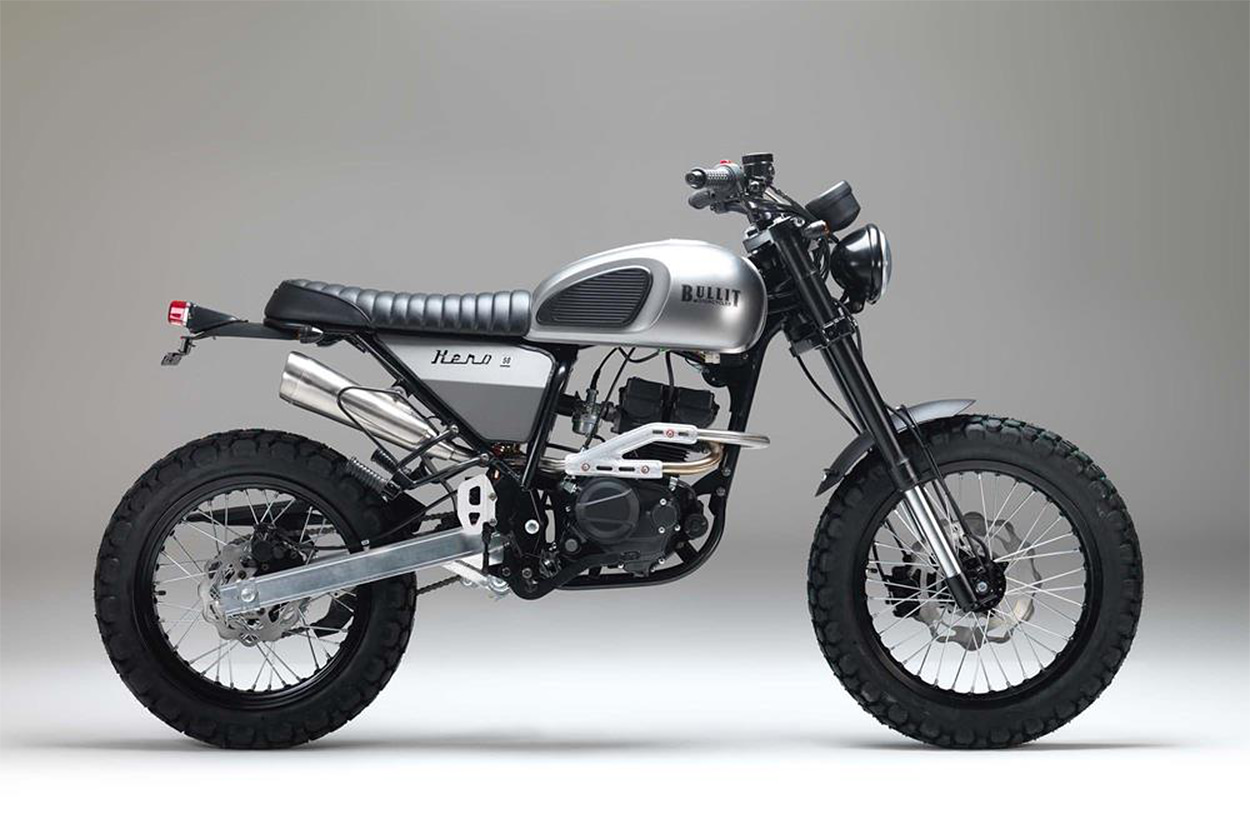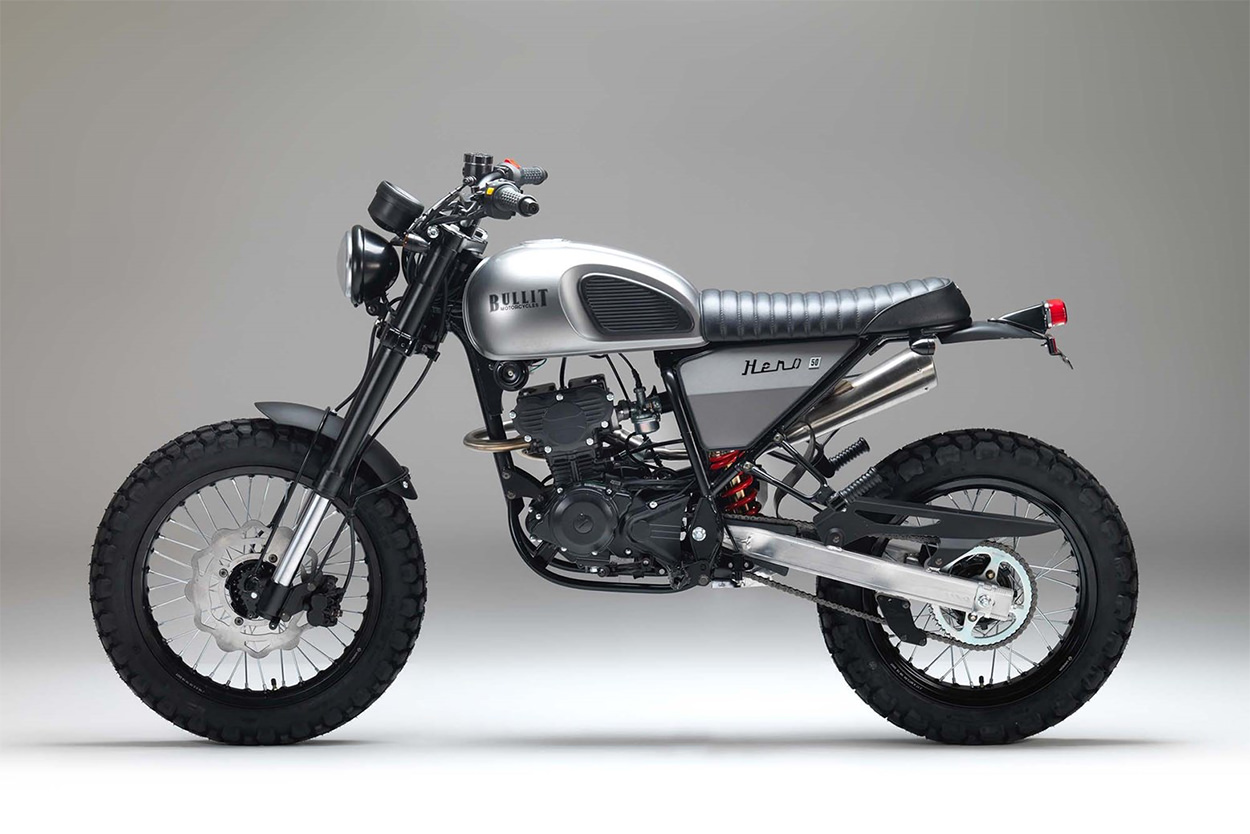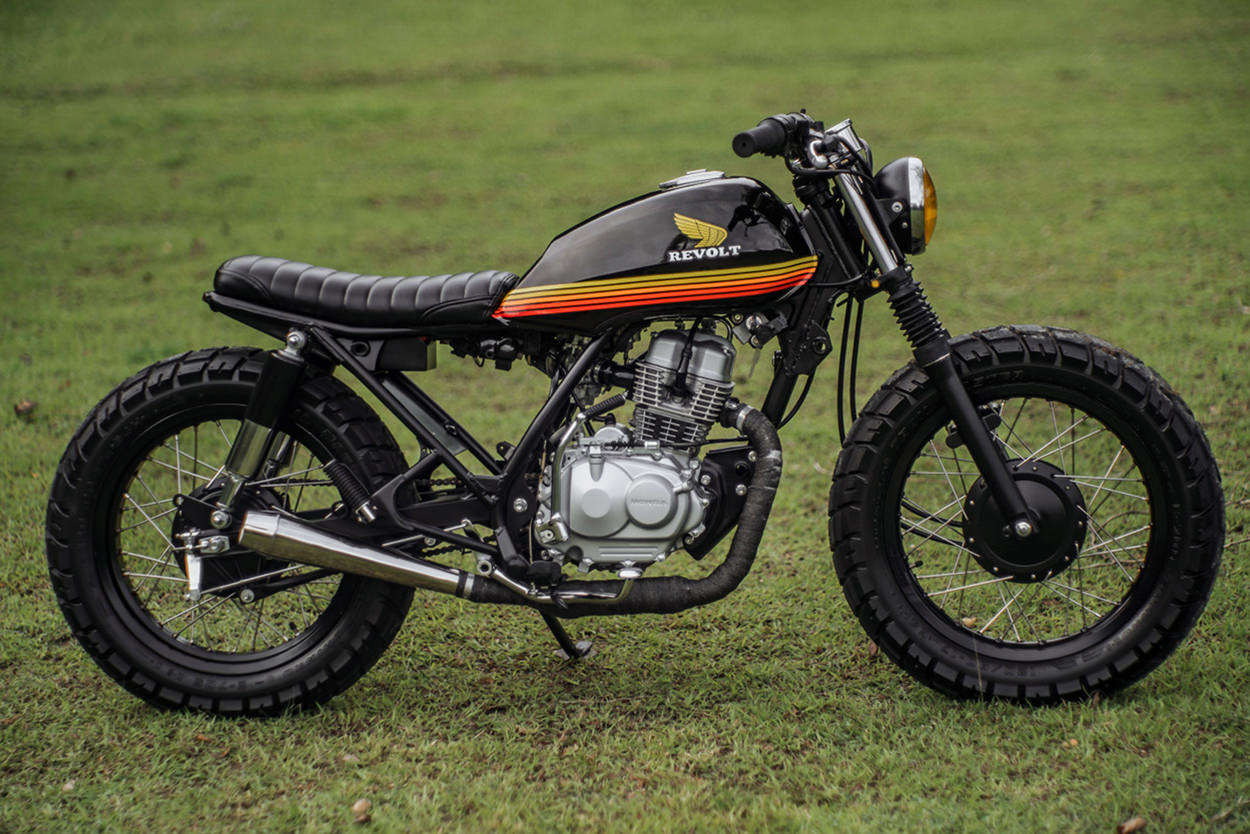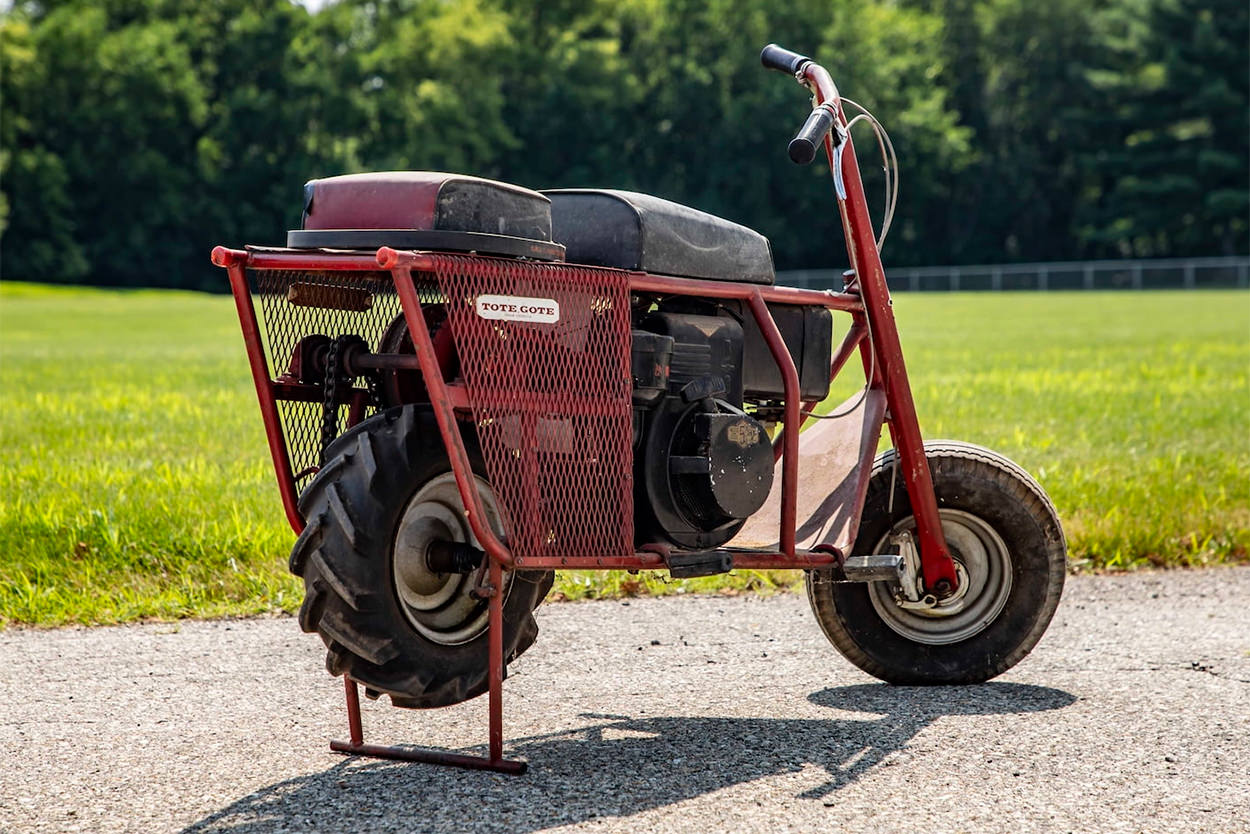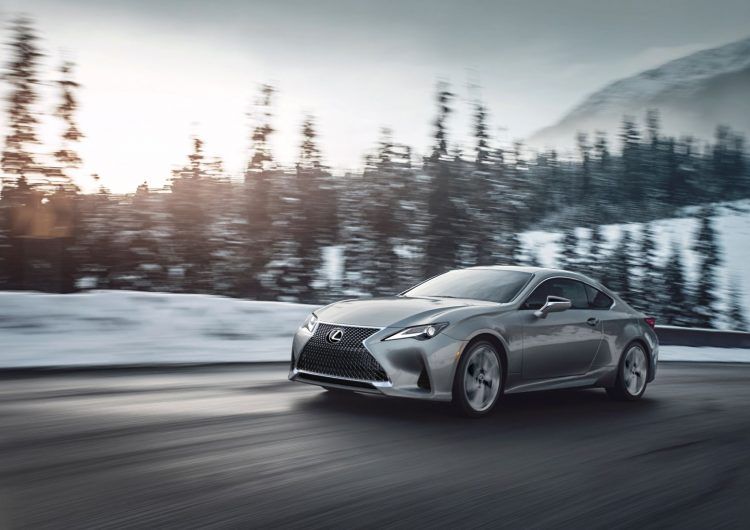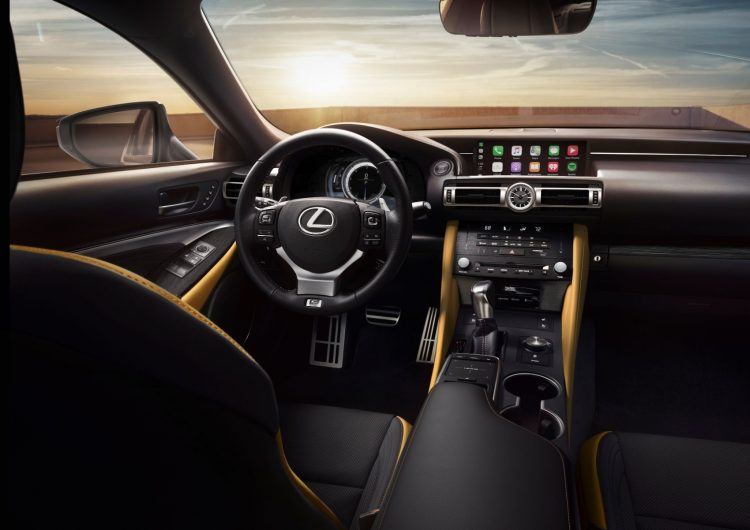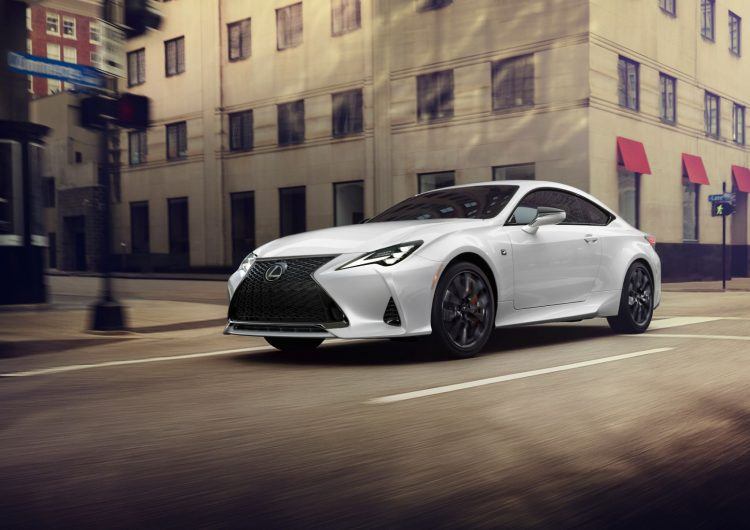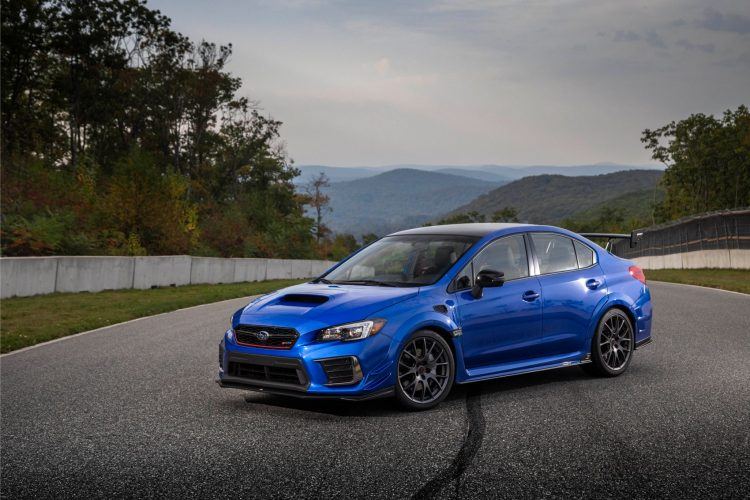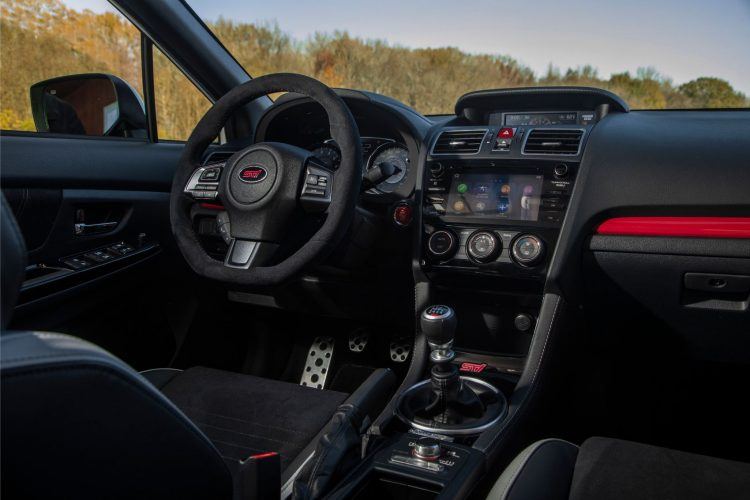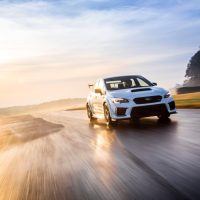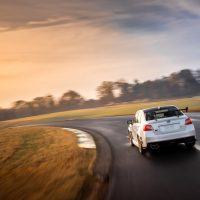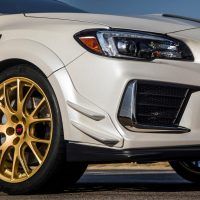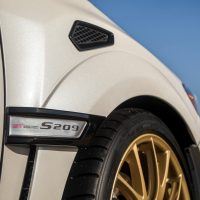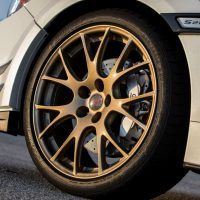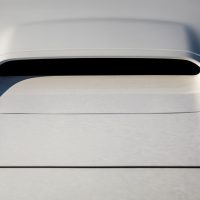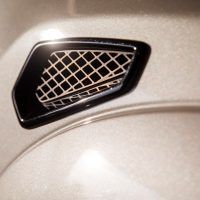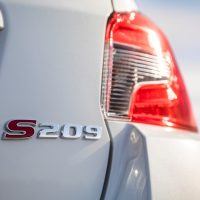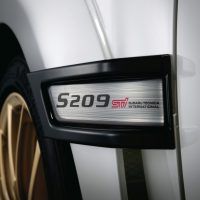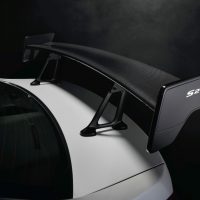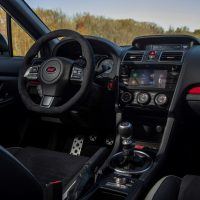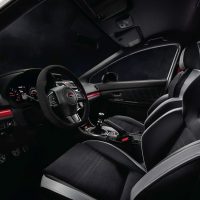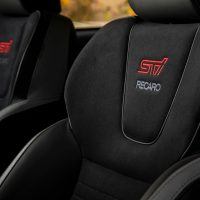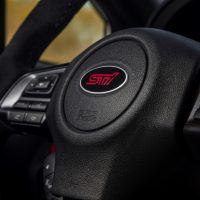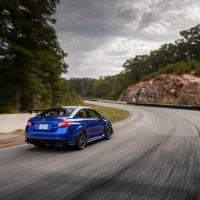- For the first time ever, the Honda CR-V is available as a hybrid.
- The hybrid has a 2.0-liter gas engine plus two electric motors.
- The Honda CR-V is also available as a conventional model.
In my humble opinion, the best Honda CR-V will always be the first-gen model with the B20 engine. Five generations later, the CR-V is widely regarded as one of the world’s best-selling SUVs, and now we get a hybrid-electric version – which is the first time in the CR-V’s colorful history. Honda vehicles have a reputation of multiplying like rabbits, but I’m betting the 2020 Honda CR-V Hybrid won’t be seeing the same outcome.
After all, hybrids are niche vehicles for a niche set of buyers.
Setting The Stage: Honda Is Serious About Hybrids
The CR-V Hybrid may be late to the game, but that’s not the point. The Japanese car maker wants two-thirds of its entire global automotive sales to come from electrified vehicles by 2030. Furthermore, Honda believes its two-motor hybrid-electric technology – no matter how complicated it seems – is the most effective way of realizing long-term fuel savings and reducing CO2 emissions, all without alienating loyal Honda fans.
“The Honda CR-V is the best-selling CUV over the past two decades and the updates we’ve made to the 2020 model, including a new hybrid-electric variant, solidify its position as a leader in the compact SUV market,” said Henio Arcangeli, Jr., Senior Vice President of Automobile Sales, American Honda Motor Co., Inc. “The CR-V Hybrid also signifies our direction to bring Honda hybrid-electric technology to all core models and to invest in the production of electrified vehicles in America.”
The gasoline CR-V will remain the bestseller, but the introduction of a hybrid version is proof of Honda’s commitment. In fact, Honda sold 49,914 electrified vehicles in the U.S. in 2018, double the number sold in 2017. And in the first eight months of 2019, the company managed 42,270 combined sales of the Accord Hybrid, Insight, and Clarity. This represents year-over-year gains of 67.9 percent.
2020 Honda CR-V Hybrid: Here’s The Lowdown
Since we’re talking about the first-ever, hybrid-electric SUV for Honda, it’s essential to talk about the juicy bits. In particular, how the two-motor hybrid powertrain does its magic underneath. Mind you, Honda didn’t just throw in a basic hybrid system for the sake of having a hybrid model, because that’s not how Honda does things. In fact, the Japanese car maker has a penchant for making the utterly complicated look very basic.
The 2020 Honda CR-V Hybrid comes with a 2.0-liter Atkinson cycle gasoline engine, two electric motors, and a hybrid battery pack. And there’s no conventional CVT automatic or any transmission for that matter. The vehicle achieves propulsion in three ways, depending on the behavior of your right foot. The modes are Hybrid Drive, Engine Drive, and EV Mode.
In Hybrid Drive, the gasoline engine drives a generator, which in turn powers the electric motor to move the front wheels. When traction is low, an electronic clutch activates to send power from the motor to the rear wheels. The CR-V Hybrid is the first all-wheel drive vehicle to utilize Honda’s two-motor hybrid system.
Engine Drive mode happens at higher cruising speeds. In this mode, the lock-up clutch closes to mechanically connect the gasoline engine to the drive wheels, effectively operating as a single gear. In EV mode, the engine shuts down entirely and the vehicle rolls silently using the electric motor alone. You can also engage EV mode by pressing a button.
Clever Packaging & Chassis Setup
Still with me so far? The compact Intelligent Power Unit (IPU), consisting of the hybrid battery pack and relevant control systems, is located under the cargo floor. This means the CR-V Hybrid loses its ability to have third-row seating, although cargo space is still pretty good since the second row does fold flat. Oh, and having batteries under the cargo floor also eliminates the spare tire, which is a huge bummer.
Regarding the suspension, both the 2020 Honda CR-V and CR-V Hybrid use a MacPherson strut in front with a multi-link design at the rear. Both CR-V variants come with low-friction dampers, plus tubular front and solid rear stabilizer bars. Dual-pinion, variable-ratio electric power steering provides the driver a “direct and satisfying feel,” according to Honda.
Related: On the road with the 2019 Honda Pilot.
How Much Horsepower Does The CR-V Hybrid Have?
Honestly speaking, the complicated nature of the powertrain makes it hard to gather a total power figure for the CR-V Hybrid. But according to Honda, peak output is 212 horsepower, which is 22 more horses than a conventional CR-V. However, you don’t buy a hybrid for the power output. Perhaps the primary reason for choosing the hybrid CR-V is the fuel savings. Honda didn’t reveal official EPA figures for the CR-V Hybrid, but it’s not difficult they say to achieve 45 mpg combined.
Pure Gasoline Power
The 2020 Honda CR-V also comes in pure gasoline trim, which I predict will remain the biggest seller. So, let’s take a break from all this technical brouhaha to discuss the normal powertrain, shall we? All non-hybrid CR-V models receive a 1.5-liter turbo four-cylinder engine. Complete with direct injection and Honda’s evergreen VTEC system, it produces 190 horsepower. Available in front-wheel or all-wheel drive, power is routed to a CVT automatic with Honda G-Shift control logic.
Rugged & Upscale Styling
The current-generation Honda CR-V is quite a looker, but the newest model has a more rugged and upscale vibe. The fog lights are now integrated into the front bumper while there’s a new and larger chrome grille. The gasoline CR-V has round LED fog lights while the hybrid gets bar-type fog lights with five LEDs each.
All CR-V models receive dark-tinted taillights; dark chrome treatments for the garnish below the rear glass; and tinted rear windows. The hybrid CR-V has a hidden tailpipe to achieve a “greener” countenance while gasoline models have a chrome exhaust. 18-inch wheels are standard while Touring models receive 19-inch rollers.
What Safety Features Does The 2020 Honda CR-V Have?
The 2020 Honda CR-V comes standard with Honda Sensing, a suite of advanced safety technologies. The package includes collision mitigation braking; forward collision warning with pedestrian sensing; road departure mitigation; lane departure warning; adaptive cruise control with low-speed follow; and lane-keeping assist.
Blind spot information, rear cross-traffic monitor, and automatic high beams are also available. The CR-V Hybrid’s Acoustic Vehicle Alerting System warns pedestrians when the vehicle is in EV mode. The system consists of a front bumper speaker that emits a distinct audible alert.
Related: Do you need more coverage? An in-depth guide to your Honda warranty.
Pricing & Availability
The 2020 Honda CR-V will arrive this fall. Meanwhile, first deliveries of the CR-V Hybrid will commence in early 2020. Exact pricing and other relevant information is still forthcoming. Production of the CR-V Hybrid for the U.S. market will take place at Honda’s Greensburg, Indiana plant alongside the CR-V and Insight hybrid sedan.
Alvin Reyes is the Associate Editor of Automoblog. He studied civil aviation, aeronautics, and accountancy in his younger years and is still very much smitten to his former Lancer GSR and Galant SS. He also likes fried chicken, music, and herbal medicine.
2020 Honda CR-V Gallery
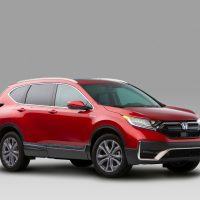
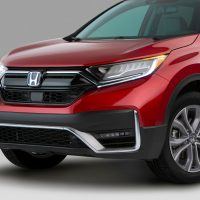
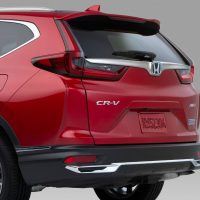
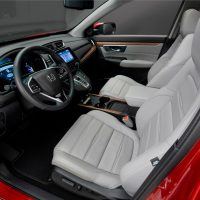
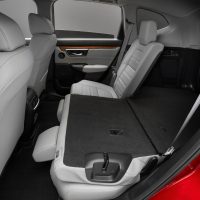
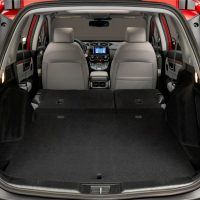
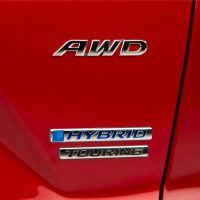
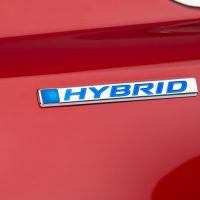
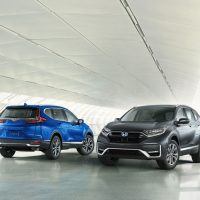
Photos & Source: Honda North America.
from Automoblog.net https://ift.tt/2n5gr3Q
